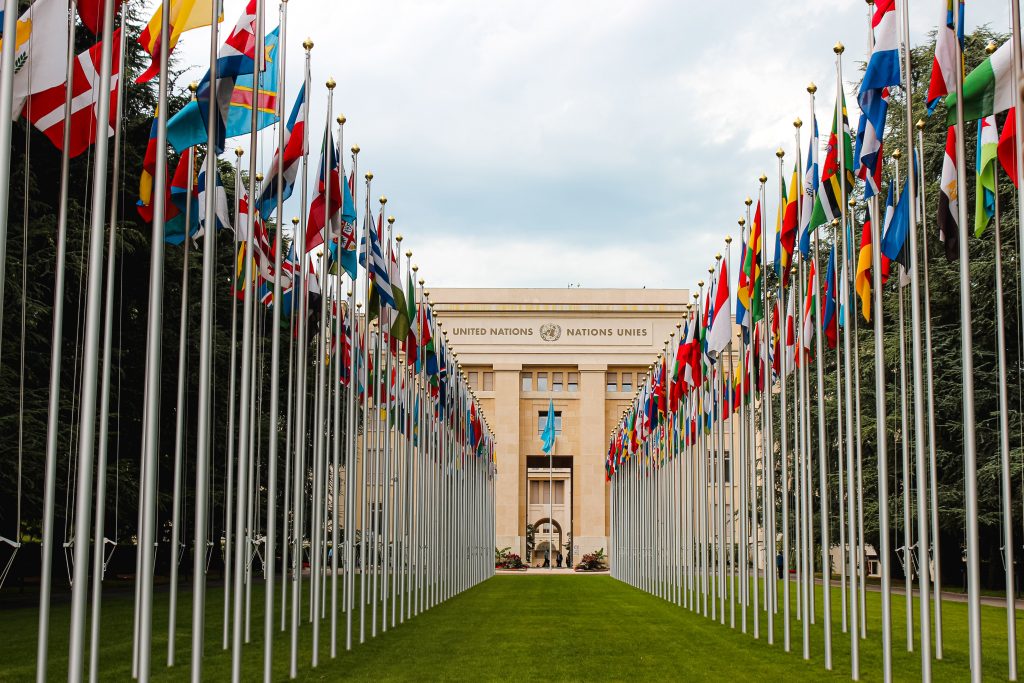Source: UN environment program
A global review of policies and programmes to improve air quality shows that over the past five years more countries have adopted policies on all major polluting sectors. Yet large gaps in implementation, financing, capacity, and monitoring mean that air pollution levels remain high. This data is published today, the International Day of Clean Air for blue skies, in a new report by the UN Environment Programme (UNEP).
The report, Actions on air quality: a global summary of policies and programmes to reduce air pollution, is based on recent survey data from 195 countries. It assesses policies and programmes in key sectors that contribute to air pollution: transportation, power generation, industrial emissions, solid waste management, household air pollution, and agriculture. It also looks at air quality monitoring, air quality management and air quality standards as key policy instruments to mitigate the impacts of air pollution.
As of 2020, 124 countries (about two-thirds) were found to have national ambient air quality standards, 17 more than reported in 2016. However, only 9% of these adhere to the limits established by the World Health Organisation (WHO) guidelines.
Despite new clean air policies in countries worldwide and the steady decline of the burden of disease from household air pollution in some regions, health statistics suggest that ambient and indoor air pollution remain a leading global health risk factor. To improve air quality, there would need to be better enforcement of existing policies and regulations, more substantial financing, and more widespread monitoring and stronger capacities.
UNEP is calling on countries to incorporate investments in air pollution clean-up into their post-COVID-19 recovery plans. It is also calling for setting benchmarks to assess current and future actions towards cleaner air and to remove barriers in the implementation of policies and programmes, including financing and capacity gaps, and to overcome affordability and maintenance challenges of monitoring equipment.

UN building – photo by Mathias P.R. Reding on Unsplash